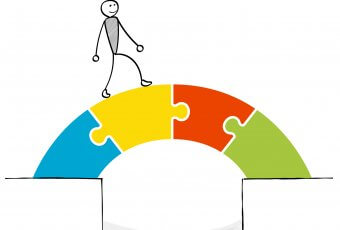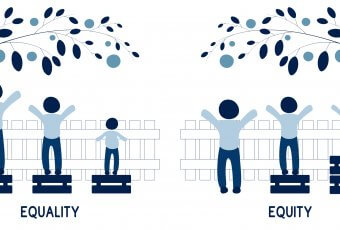GENERAL, HEALTH LITERACY | September 30, 2019
Four Simple Strategies for Improving Patient Health Literacy
Reading Time: 4 minutes
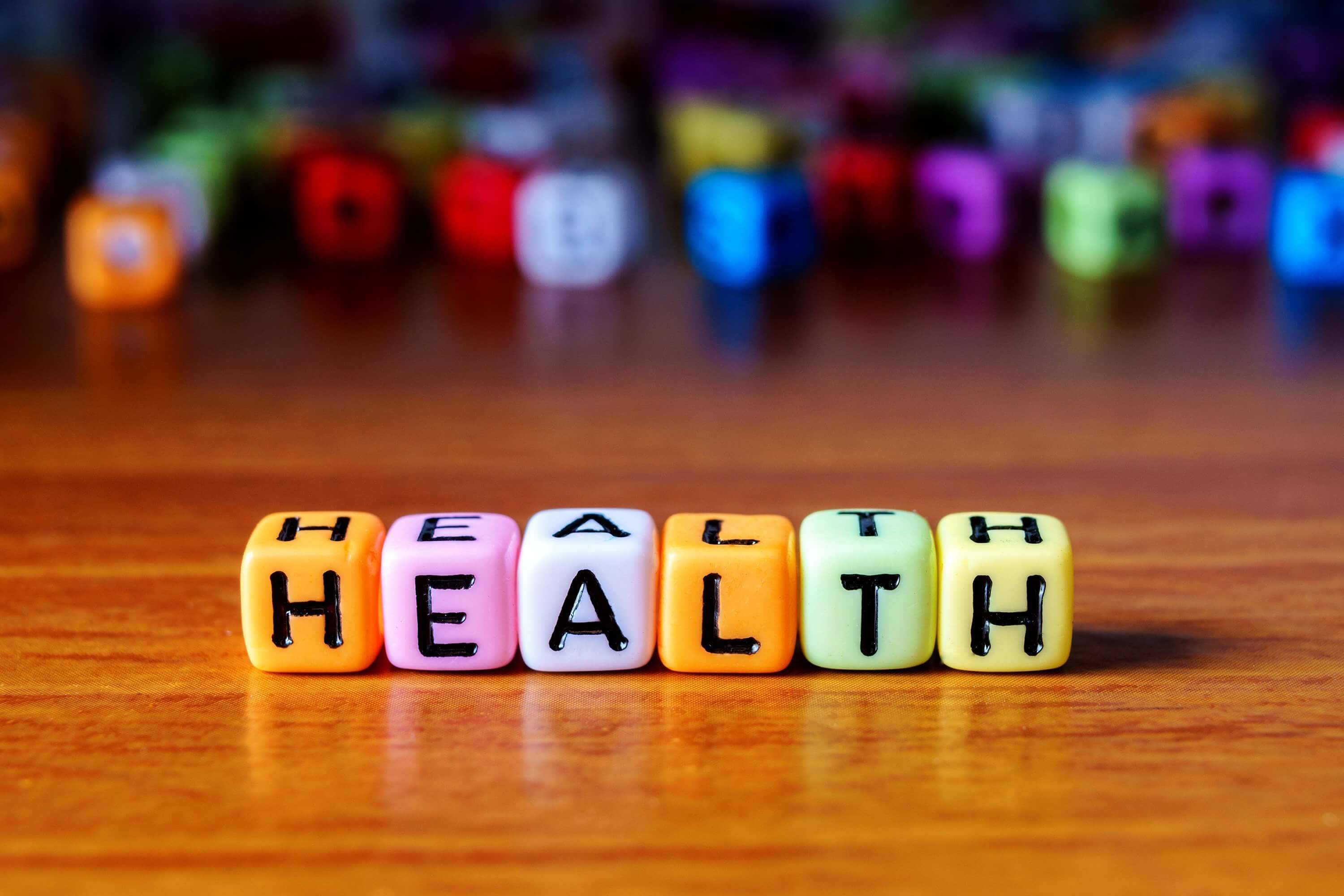
The U.S. has a health literacy problem. According to the U.S. Department of Health and Human Services, nearly nine out of ten adults lack the necessary skills to manage their health and prevent disease. Low patient health literacy has been linked to higher rates of chronic illnesses and preventable hospitalizations, poor self-care and less frequent use of preventive services.
At some point in life, everyone needs to be able to access, understand and act upon health information to address a health issue. While it is crucial that health systems promote accessibility and understanding, healthcare providers shoulder the primary responsibility for improving patient health literacy.
A Closer Look at Patient Health Literacy
Health literacy is defined as “the degree to which an individual has the capacity to obtain, communicate, process, and understand basic health information and services to make appropriate health decisions.”
For example, someone with a proficient level of health literacy understands the relationship between smoking and cancer risk, which empowers them to make healthier lifestyle choices. They also will likely be able to recognize the basic symptoms of a chronic disease, so they can access care when needed.
While choosing a healthy lifestyle, knowing how to seek medical care, and taking advantage of preventive measures are all benefits to individuals who understand and use health information, access to information is a key determinant of patient health literacy according to the World Health Organization. People who have limited or no access to health-based information are likely to experience lower levels of health literacy.
Using a few simple strategies, you can improve your patients’ health literacy skills by providing health information that is accessible, clear and actionable.

Use Plain Language
An important strategy is to use plain language in both verbal and written communications. According to plainlanguage.gov, plain language should ensure that users can find what they need, understand what they find, and use what they find to meet their needs.
Key elements of plain language include:
- Organizing information so the most important points come first
- Breaking complex information into understandable chunks
- Using simple language and defining technical or medical terms
- Using the active voice

Use Visual Aids
Visual aids, such as simple illustrations, images, informational graphics and videos, can help patients better understand health information. They can be excellent tools for reinforcing written or verbal health communication. This is especially important since health information that is provided in a stressful or unfamiliar situation is less likely to be retained.
It is important to choose meaningful visuals that are culturally sensitive, linguistically appropriate, are clearly labeled and captioned, and support your message.
Excellent resources for finding and using visuals include:
- Teaching Patients with Low Literacy Skills – Chapter 7: Visuals and How to Use Them
- Making Data Talk from NIH National Cancer Institute
- Visuals Online from NIH National Cancer Institute
- Visualizing Health from the University of Michigan
Patient decision aids are also are rich in visuals that are a valuable tool for enhancing shared decision making.
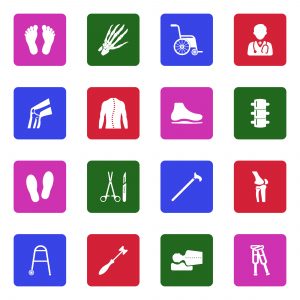
Recommend and Use Technology
According to recent data from Pew Research Center, nearly 90% of Americans use the internet and 81% own a smartphone. Making use of available technologies, such as patient portals, telemedicine solutions, and mobile applications can help you connect more effectively with your patients and may ultimately contribute to improved health literacy levels:
- Patient portals can give access critical health information, such as test results and treatment instructions.
- Telemedicine can be used to assess and treat underserved patient populations, such as those with limited mobility or who live in rural areas.
- Mobile apps offer patients multiple options for learning about or managing health issues. Smartphone apps can collect personal health data to be shared with physicians, provide general health information, and assist with preventive lifestyle strategies.
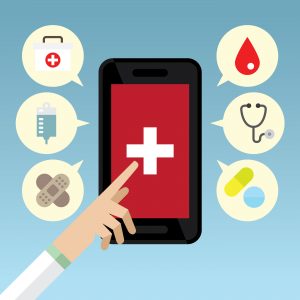
Use Effective Teaching Methods
The Institute for Healthcare Improvement suggests several teaching methods providers can use to improve communication and help patients better understand health information:
- Ask open-ended questions to assess a patient’s understanding of written materials, including prescription labels.
- Use the Teach Back communication method to determine if a patient has understood your instructions and can repeat the information in their own words.
- Use “Show Back” when teaching a patient to use a device or perform a task, to demonstrate correct use.
- Speak more slowly when providing instructions, with an emphasis on being respectful and clear without being patronizing.
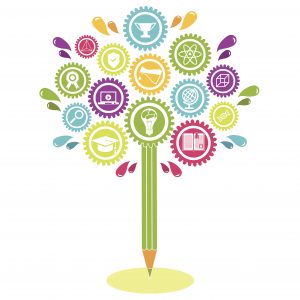
October is Health Literacy Month – a time to promote awareness and to work on ways to solve health literacy problems. The theme is “Be a Health Literacy Hero,” which is about taking action and finding ways to improve health communication. You can be a health literacy hero by using just 4 simple strategies with your patients! Know a health literacy hero? Share the story here. Visit the official Health Literacy Month website to learn more and to download Health Literacy Month Handbook: The Event Planning Guide for Health Literacy Advocates.
ACP Decision develops evidence-based and video decision aids that follow plain language guidelines to provide patients with information they can understand and use to make the best decisions for their health. Contact us to learn more!
You might also like...

Addressing the Needs of Dual Eligible Bene...
GENERAL | 3 MIN READ

